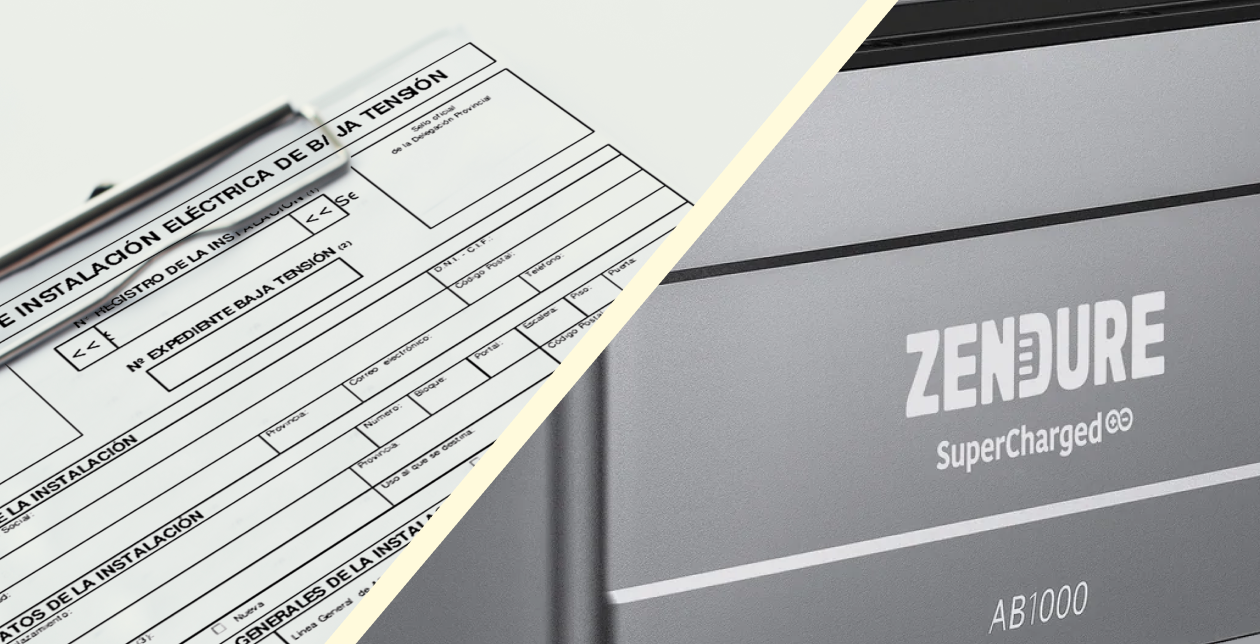
Certification or battery - where do you save more?
In our conversations with customers, trying to find the ideal set up to bring down power bills at the lowest possible cost, the question of how to store the surplus electricity that a plug & play solar kit might generate comes up often. Here we want to explain how to best approach this question to find the best solution for every household’s situation.
How much surplus do you really have?
Before discussing how much you can save, you need to understand how much surplus you actually have, and what your consumption patterns are. The best way to do this is to analyze your consumption on an hourly basis. Many electricity distribution companies (like Iberdrola or Endesa) offer tools where you have direct access to your power meter. You might have to register to get access. Check when you consume how much electricity, identifying the devices that cause this consumption. You are likely to find that there are some consumption events that cannot move (like breakfast, lunch or dinner) while other events can (washing machine, dishwasher).
The next step is to do a production estimate of your solar kit. We recommend using our Savings Calculator or the European PV GIS. You can assume that a solar kit’s production curve resembles a bell curve that peaks between noon and 14:00.
Comparing these two curves, the average consumption by hour on any given day, and the daily bell curve of your kit, you can get an estimate of how much surplus you have on a normal day. To balance out mismatches, try moving some of the “movable consumption events” into hours of the day, where you kit produces more than you consume. Self consumption on the spot is always the most efficient use of your solar kit’s production.
If after this exercise you still have surplus, see below what to do. On a side note, once you have access to your meter, and see your consumption patterns, check your peak consumption and compare it to the power you have installed in your home. You might be able to lower it, paying less on your monthly fixed cost. For example, if you have 6 kW at home, but never exceed 3 kW, you can reduce your installed power. In several countries this can be done with flexibility, allowing you to optimize better.
How to best monetize your surplus
To monetize your surplus, you generally have two options. You can store it in your own battery, or you can feed it into the power grid and get compensated by your power company. The cost of a battery depends on the storage you want, and starts at €999 (VAT and shipment incl.) if you choose a Zendure Solar Flow. This gives you total independence and with a warranty of 10 years also a long time to recoup your investment. To do the math, sum the kWh/year that you are likely to lose to the grid, and multiply them with your price per kWh. For example, if you feed 600 kWh per year into the grid because you don’t use them, and pay €0,25/kWh, you’re losing out on €150/year. Over 10 years that is €1.500. Compared to the cost of €999 that’s a good saving. Bear in mind that the battery doesn’t stop working after 10 years. Only the warrantly expires, but the battery is likely to work for a lot more years.
The compensation by your power company normally doesn’t have a cost per se, but might require you to certify your kit (for example in Spain) or comes in the form of a significantly lower price paid for a kWh of surplus if compared to the cost of a kWh you buy from your power company.The economically most advantageous solution is if your power company accounts your surplus kWh against those used in other moments of the invoicing period. In the example above, you would reduce your power bills by €150 over the course of a year, without any need to purchase any hardware.


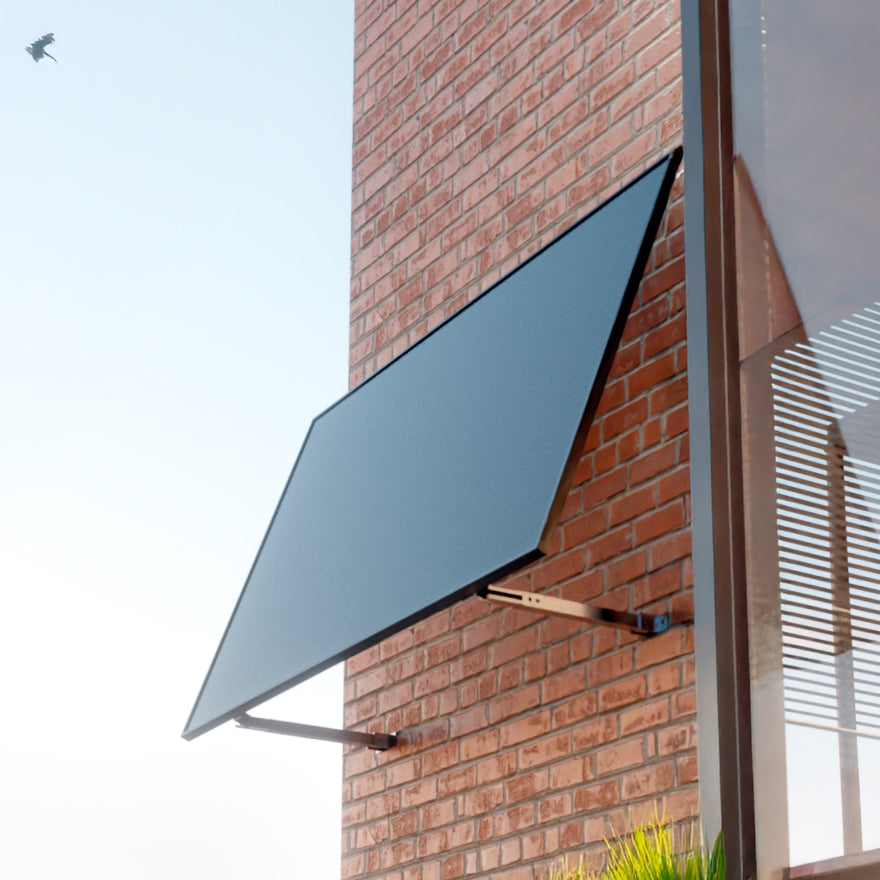
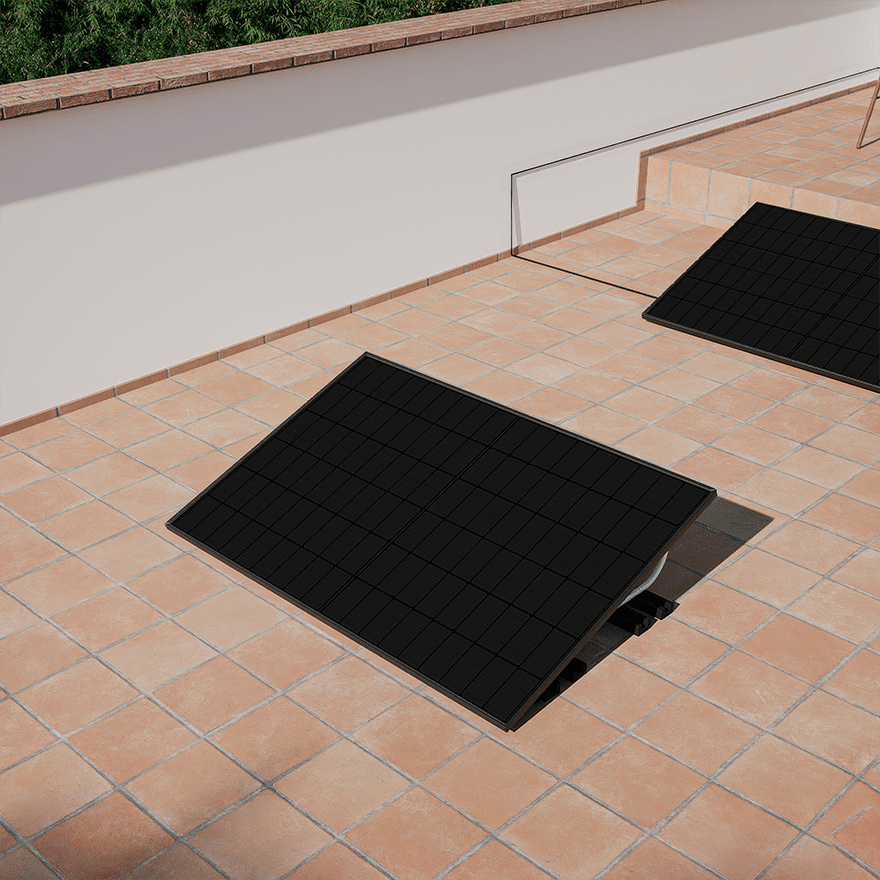
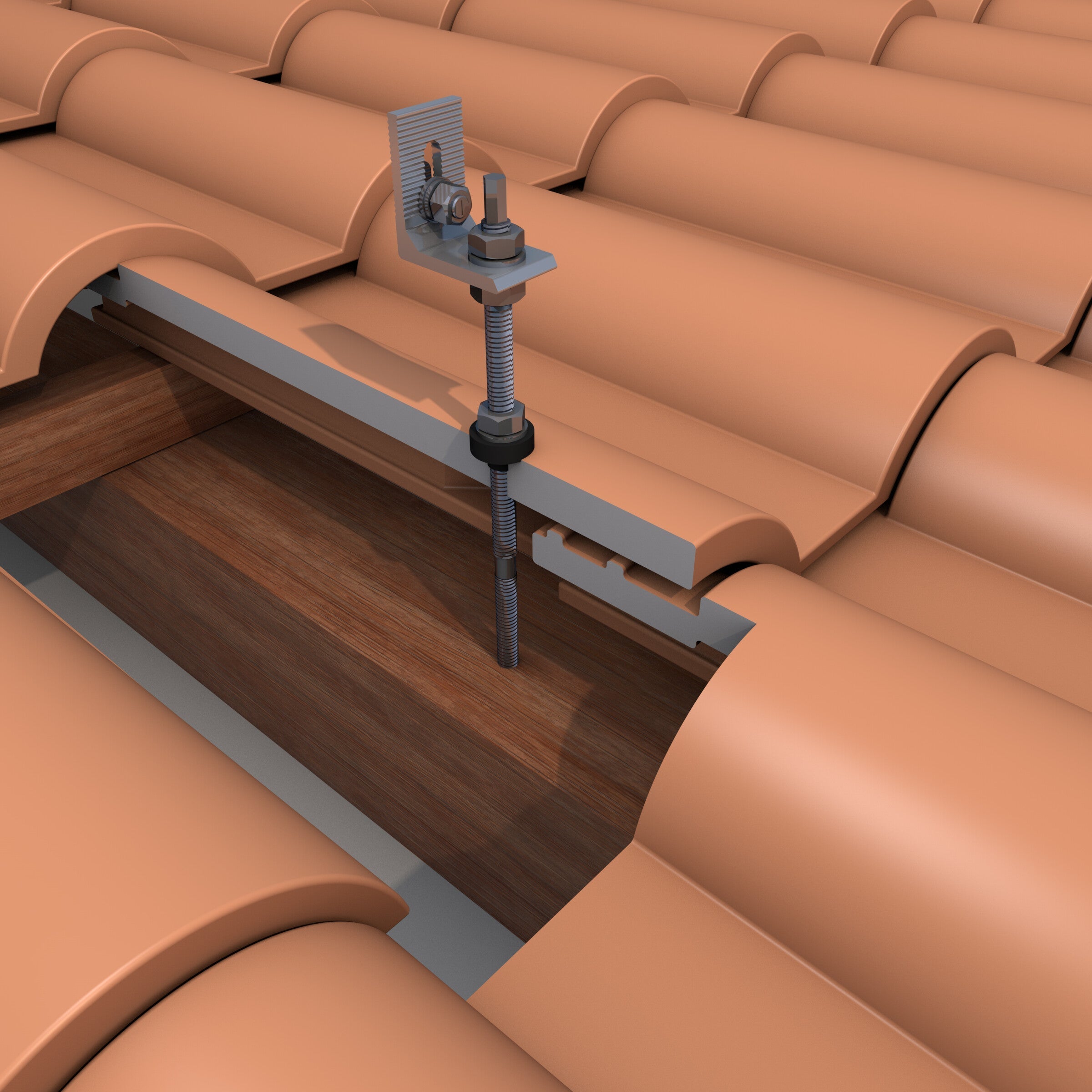
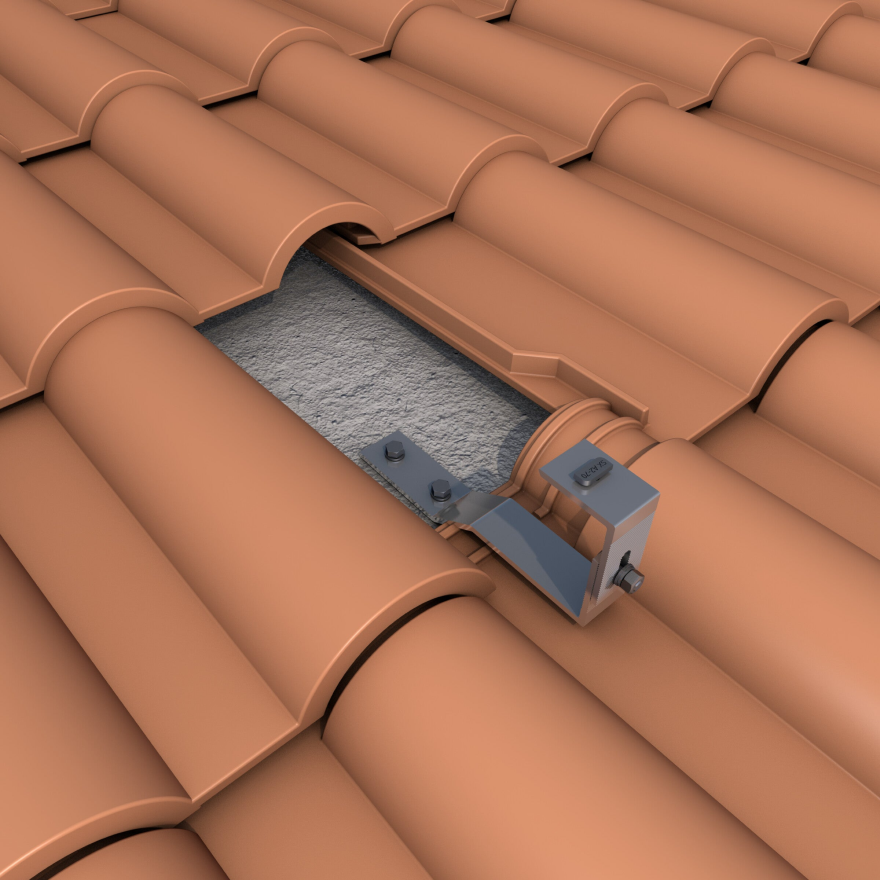

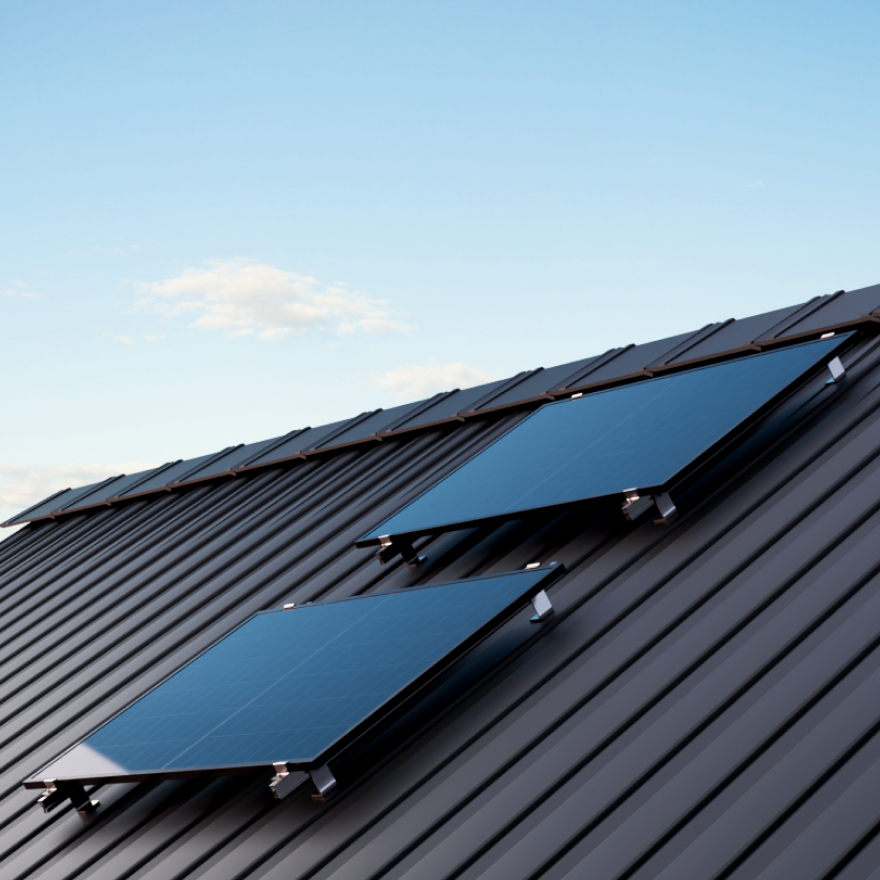
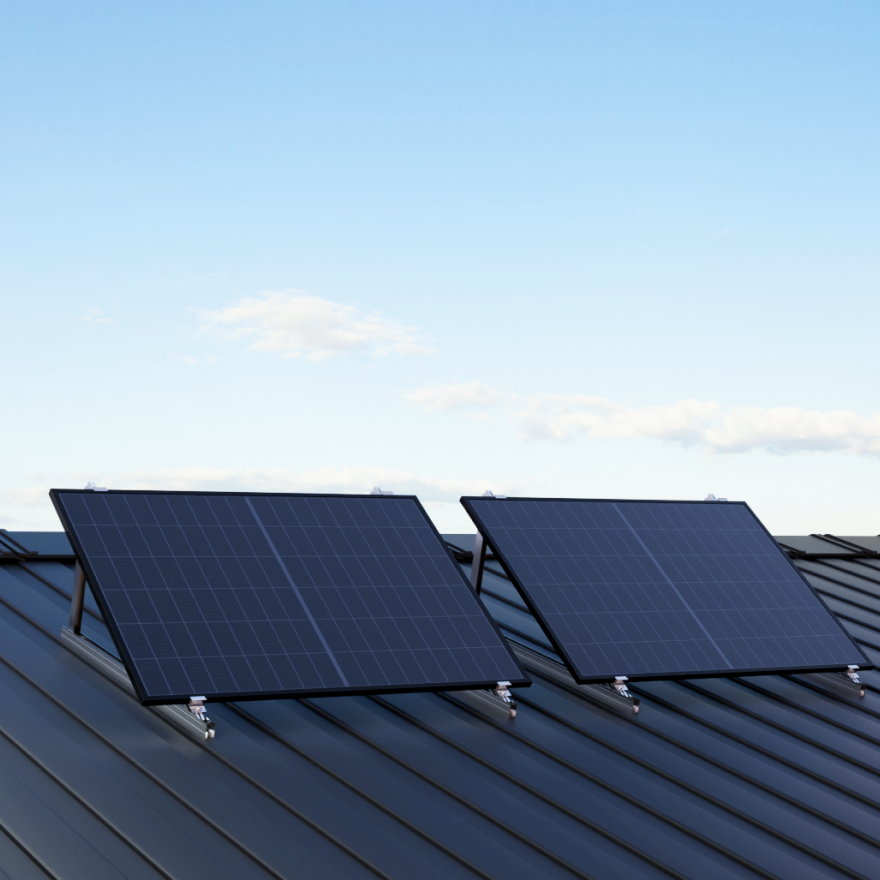
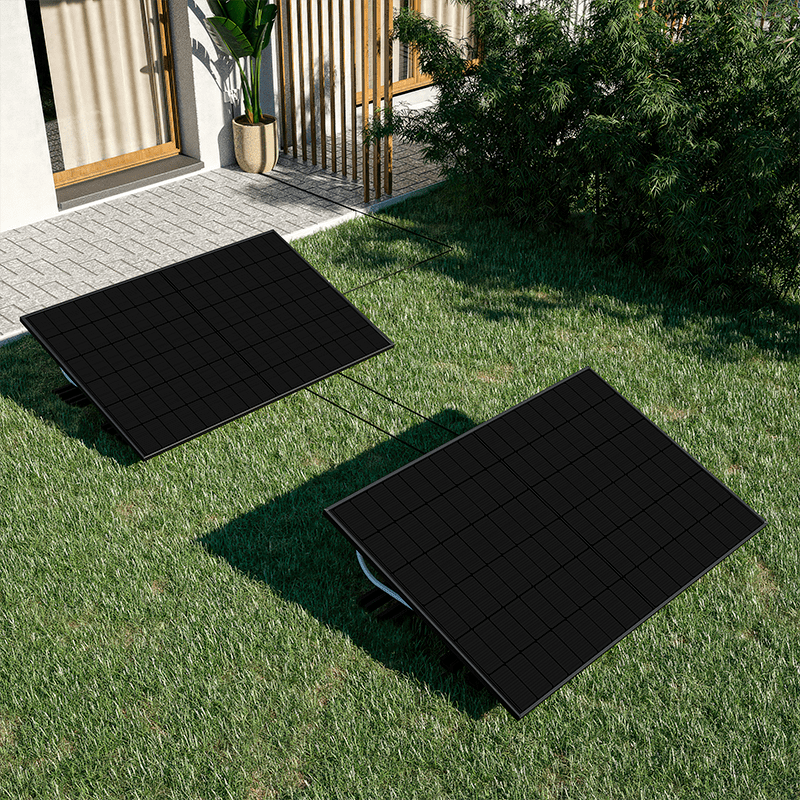
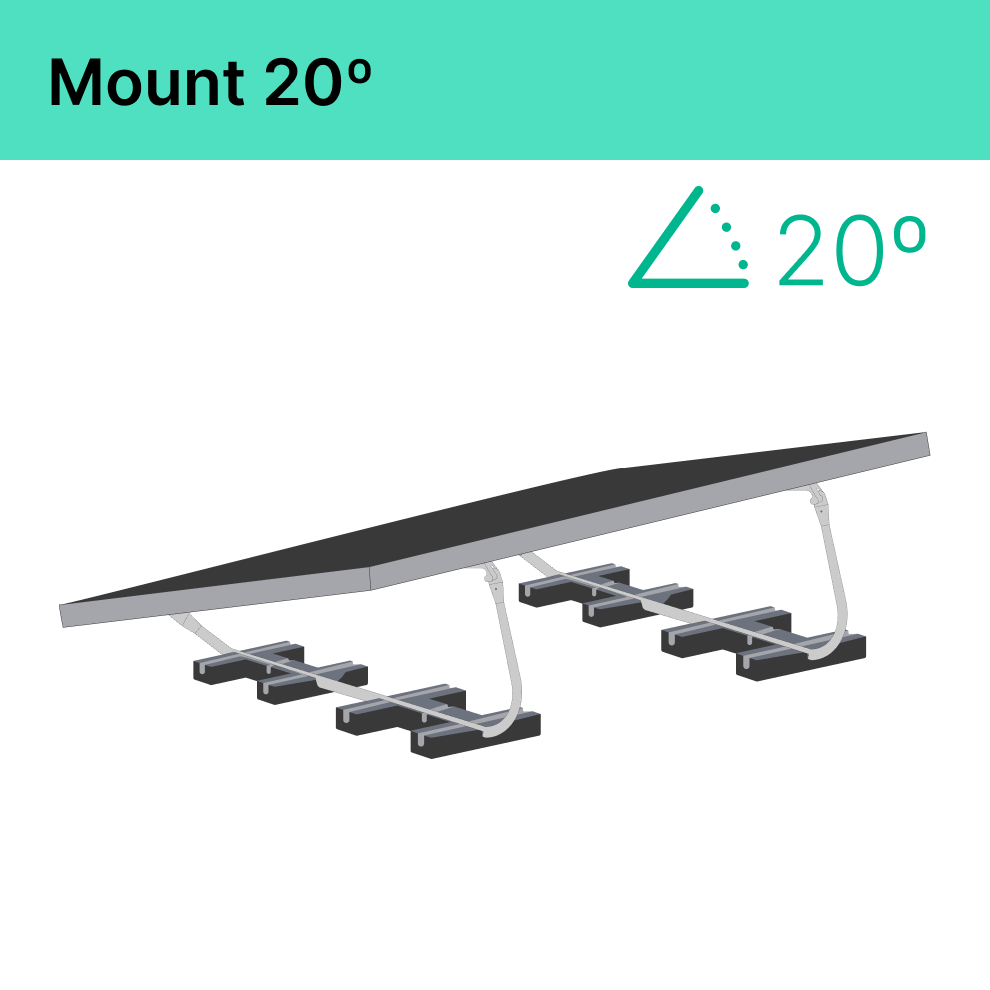
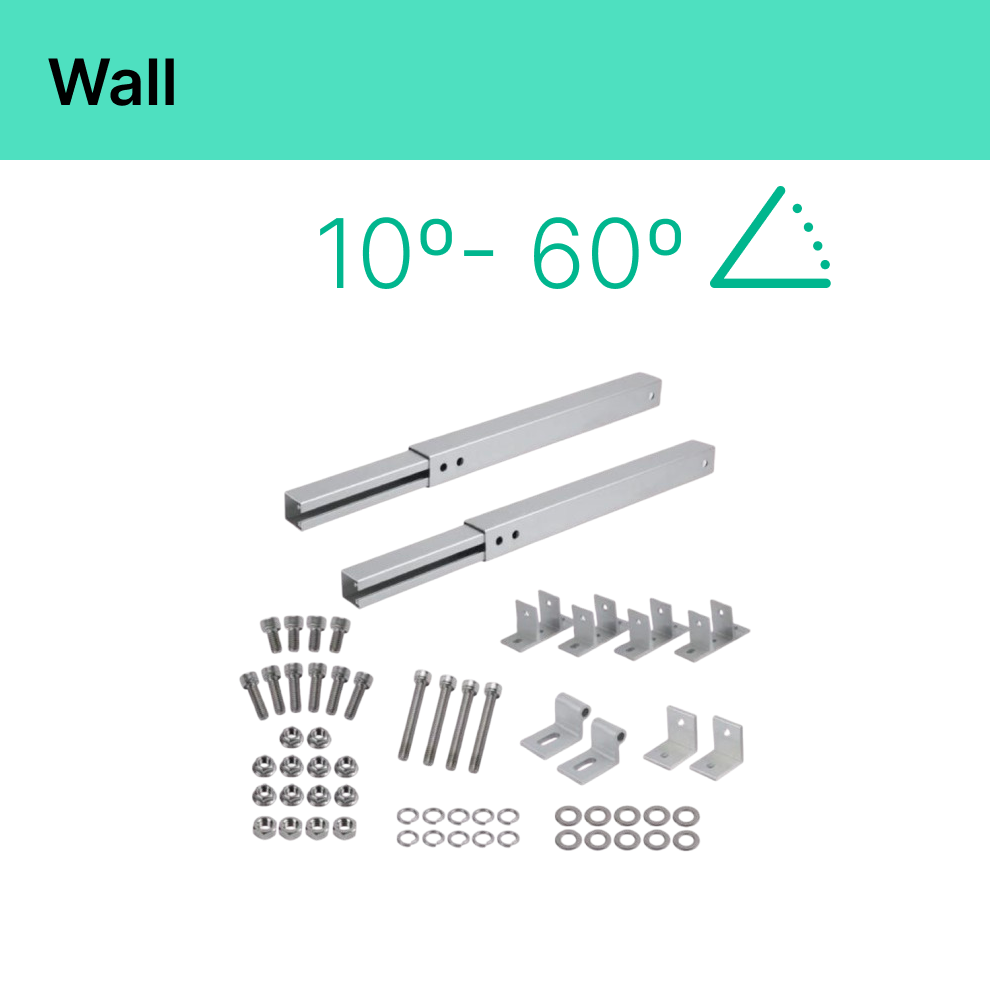

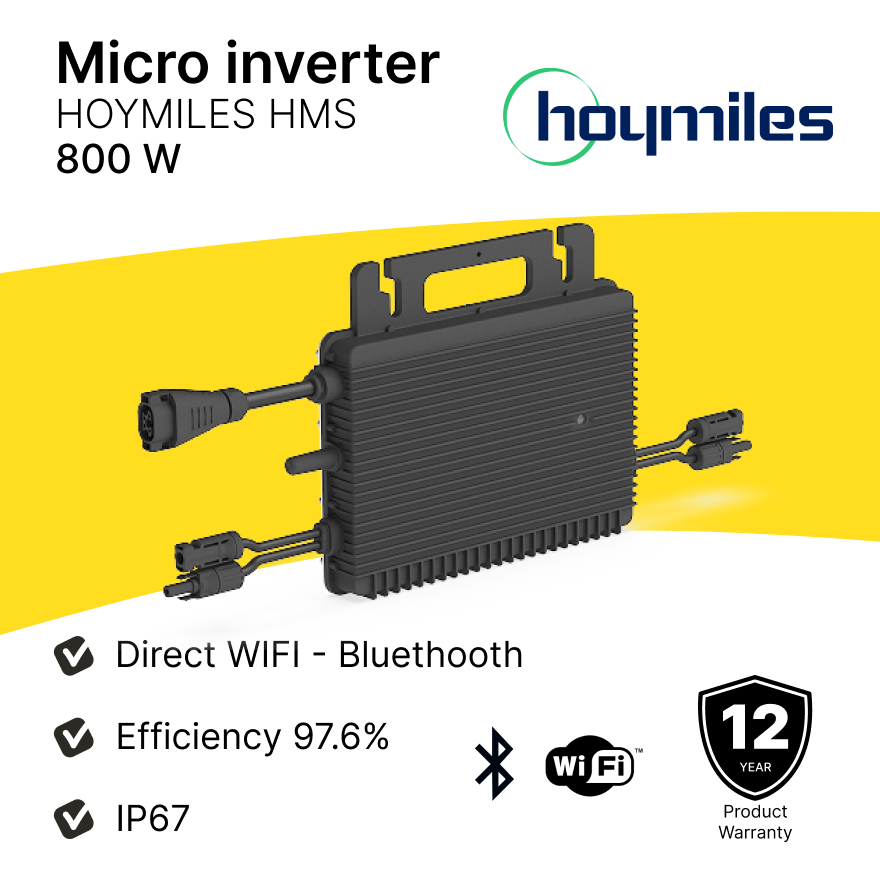

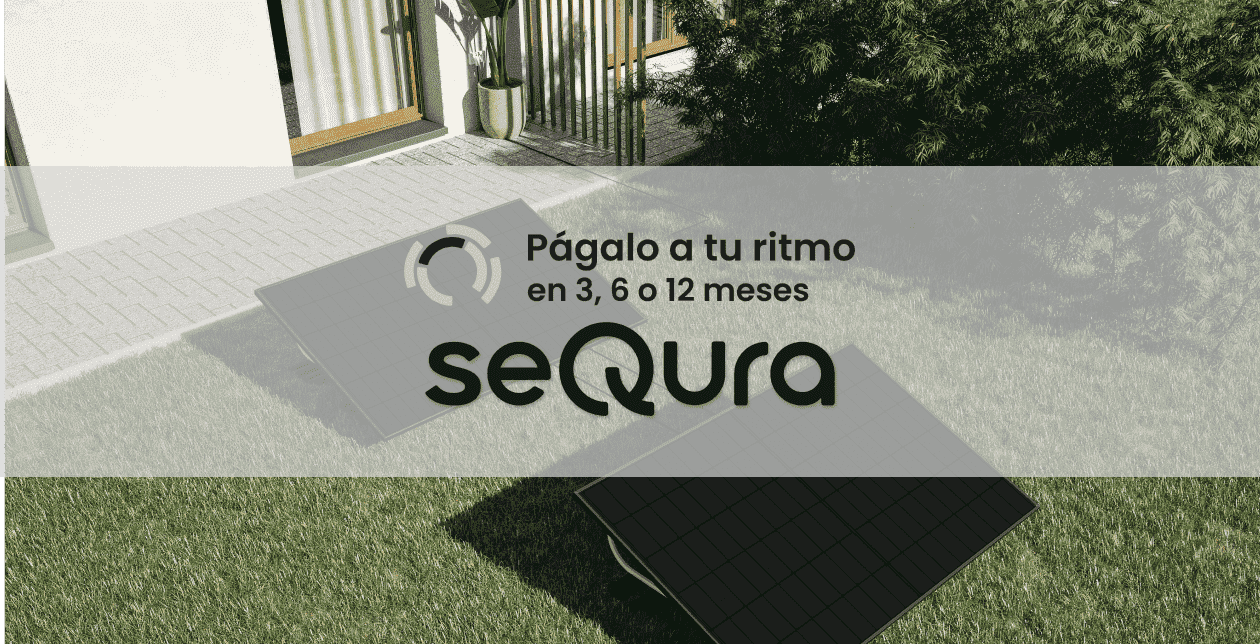
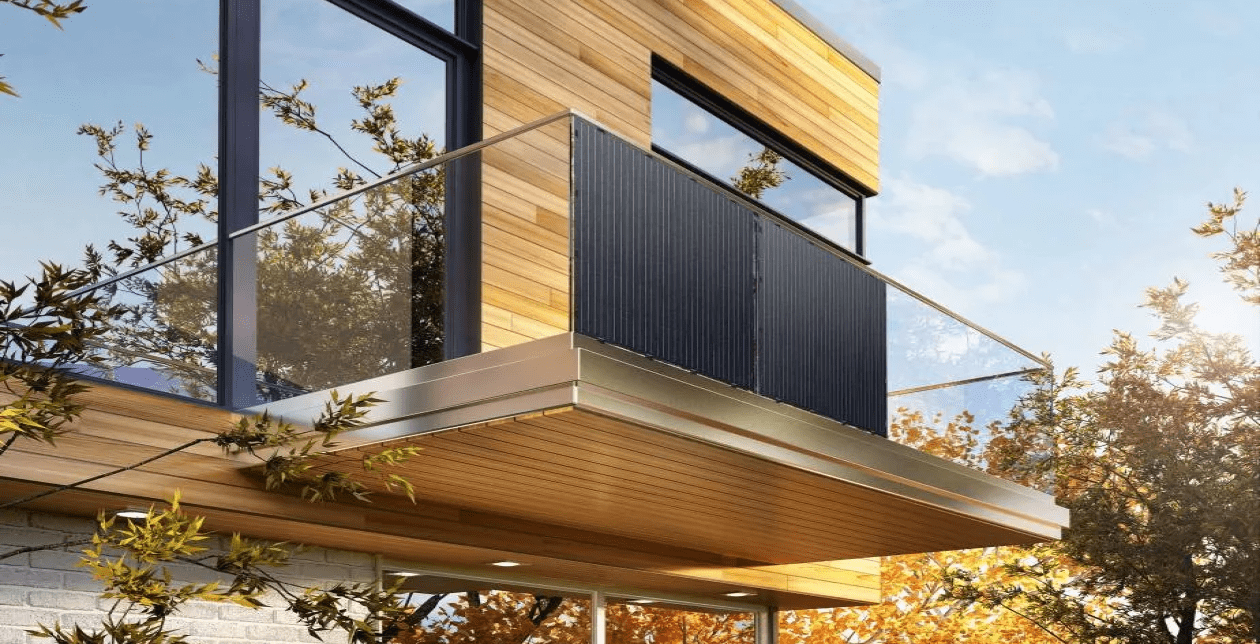
2 comments
Gracias @Rainer te agradecemos el interés en nuestros esfuerzo de poder ofrecer los mejores productos y servicios.
Robinsun
Gracias por esta información tan bien fundamentada.
Con la experiencia de operar un sistema solar en Berlín desde 1992 y conectar un kit solar en Canarias, realmente no tengo nada que añadir, excepto que el sistema debería ajustarse, si es posible, en función de la curva de consumo.
Robinsun sigue así.
Rainer
Rainer
Leave a comment
This site is protected by hCaptcha and the hCaptcha Privacy Policy and Terms of Service apply.